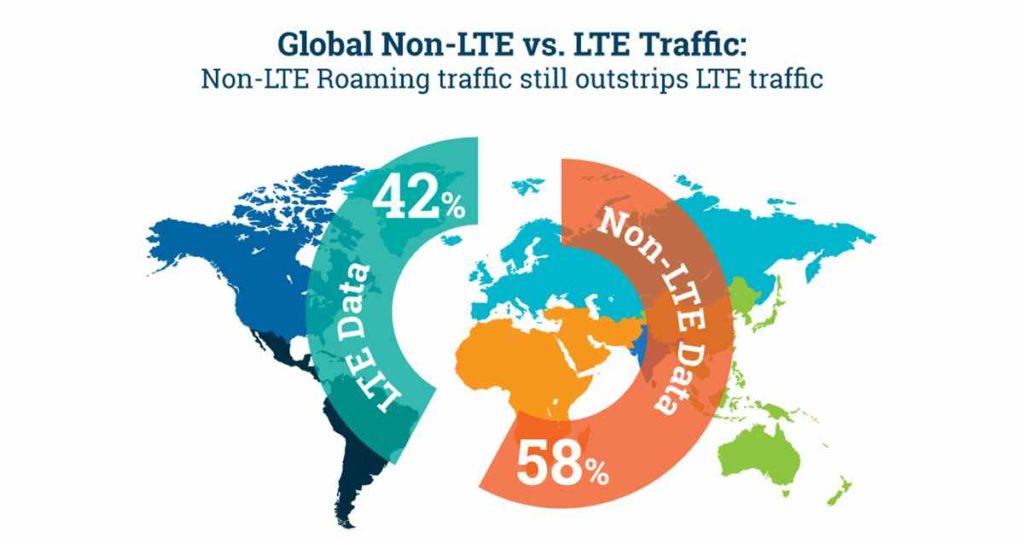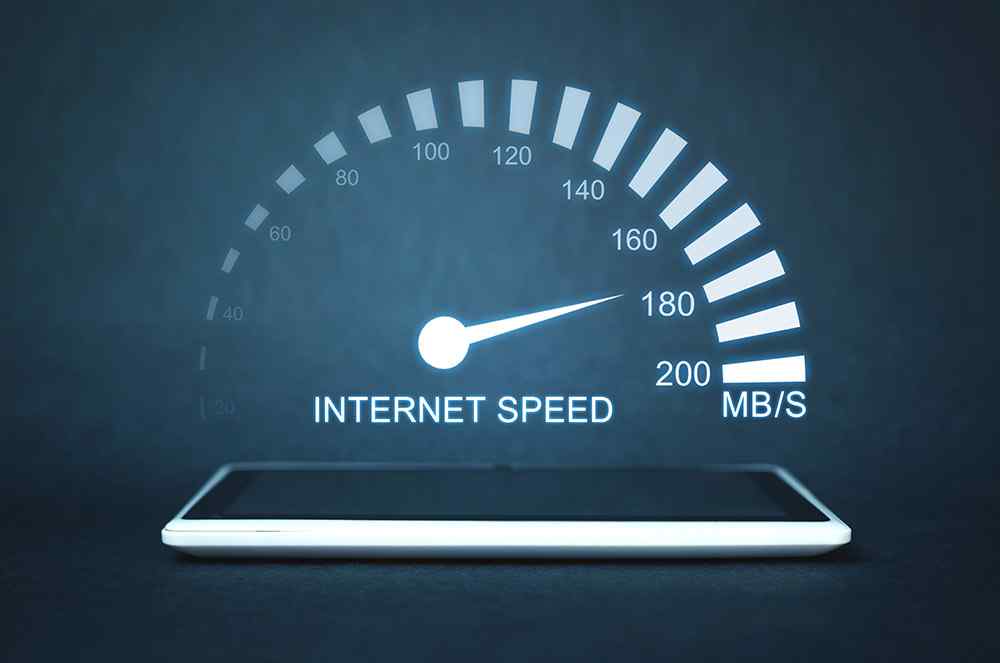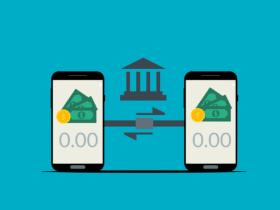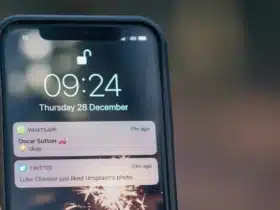I often get asked, “Which network mode should I use on my phone: Global or LTE?” It’s a common query, and the answer isn’t always straightforward.
In short, Global mode allows your phone to connect to a wider range of networks, including GSM networks used in many countries outside the US. This is ideal for frequent travelers. LTE mode, on the other hand, prioritizes the faster LTE network, which is great for data-heavy tasks like streaming and gaming, but it might not be available everywhere.
Still curious? This article will explain the two modes in more detail and help you pick the best one for your phone use.
What Is Global Network Mode?

You’ve probably never heard of global network mode. This is the default mode that most cell phone providers use regardless of which country they are operating in.
LTE is the newest and latest iteration of this technology and will require your smartphone to be capable of the new band aggregation technology to support it.
Global means “the whole world or universe.” It is a designation for any network covering an entire country or region. The term “country” refers to a region with multiple countries or states.
LTE stands for “Long Term Evolution” and is a technology upgrade from 3G networks. This article will use these terms interchangeably since they are synonyms for their respective definitions.
What Is the Difference Between LTE and Global?
| Feature | LTE (Long-Term Evolution) | Global | When to Use… |
|---|---|---|---|
| Technology | 4G (sometimes 5G if labeled LTE-A) | Combination of network types | Depends on your location & carrier |
| Purpose | High-speed data | Roaming between networks | Mostly for travel or weak signal |
| Coverage | Primarily domestic | Domestic and international | Travel abroad |
| Carrier Compatibility | Varies by carrier | Works with most carriers | If you switch carriers frequently |
| Best For… | Everyday use | International travel | If unsure, use “Global” |
Global refers to networks covering an entire country or region, while LTE refers to networks that operate under a technology upgrade (3G -> 4G -> LTE). However, there are other major differences worth noting between the two terms.
Coverage
While the term ‘Global’ generally refers to a region that spans multiple countries, it also describes coverage for the entire region. In contrast, LTE only applies to the upgraded 4G technology.
Speed
Both are broadband-like speeds, but LTE offers much faster data uploads and downloads. 3G has a max theoretical download speed of 14.4 Mbps, with an average of 11 Mbps.
LTE, on the other hand, has a max theoretical download speed of 75 Mbps. However, real-world performance is typically between 1 and 10 Mbps for both technologies.
4G LTE-A replaced the 4G (LTE) networks. This change is because, in most cases, LTE-A can provide better coverage and faster data speeds than 4G.
5G is the newest technology. It provides even faster speeds and longer battery life than LTE.
6G is the next generation after 5G is currently under development. The possible widespread commercial deployment will be in the mid-2020s.
Connections
In general, LTE allows for more simultaneous connections than previous implementations.
This is achieved by integrating multiple technologies such as Carrier Aggregation, LTE-Advanced, and 4×4 MIMO, depending on what carrier provided your line. While it offers a lot more capabilities than before, it also brings some challenges.
Should I Be on Global or LTE CDMA?

For the LTE network, you can use either global or LTE CDMA. The two networks are the same in some respects (e.g., coverage), and they achieve identical speeds otherwise.
For example, you could make a 3G voice call on an iPhone 4 (using the built-in speakerphone), and it would cost a tiny fraction of what an LTE call would cost.
However, we’re going to suggest that you get whichever data plan is cheaper for you at this point (you won’t need it soon).
Here are some reasons to use Global. You want to make calls between different countries on one phone (i.e., international calling).
If you are traveling internationally and want more than one SIM card to take with you, or if your phone cannot support all of the new features required by LTE/4G, we recommend using a global phone plan.
This should cover you over 90% of the time in any country or region your provider covers. You’ll have faster data speeds when using this network and better coverage.
Use LTE CDMA if you have no interest in making international calls.
If you prefer only to use “in-country” calls and only make “in-country” data calls, you should use LTE CDMA. Using this network will ensure that your phone has the fastest data speeds and the best coverage possible for that region.
As with Global, we recommend avoiding this network if you can make do with a slower service for most of your coverage needs.
How Do I Change My Phone to Global?

To change your Phone from LTE to Global, follow the steps mentioned below:
Steps for Android:
- Go to Settings
- Scroll down to About phone and tap it
- Tap the System Updates button
- Tap Check for Update
- Wait for a new update to download, then follow the on-screen instructions by tapping Next or Accept until you get to the screen titled Complete Action Using
- Under the selection of Use Recommended, tap it
- Tap OK on the pop-up windows that appear
- Your device will now restart
Steps for iOS
- Go to Settings
- Scroll down to General and tap it
- Select About
- Tap Version several times until you see a pop-up window that says Software Update and displays an update is available for your device (if steps one through three don’t do anything after several tries, then try this).
- Wait for a new update to download, then follow the on-screen instructions by tapping Next or Accept until you get to the Complete Action Using screen.
- Under the selection of Use Recommended, tap it.
- Tap OK on the pop-up windows that appear. Your device will now restart.
Frequently Asked Questions

- I have an iPad with a Verizon Mail Account. Will I be able to use it on the network?
Yes, you should be able to tether your iPad to your iPhone, provided that you have a data plan.
- Will the iPhone work outside of the US?
iPhone will only work outside of the US if you have a global data plan. Otherwise, it is blocked.
- What about voice roaming? Will I get charged for using voice abroad using Global or LTE?
Voice roaming is free whether or not you are on a Global plan or an LTE plan. This is because Verizon doesn’t use traditional cell towers when making voice calls. They use software to connect the phone directly to a wireless provider’s backhaul.
- How can I check which data plan I have?
You must log in to “My Verizon” and then “Account Management” from your Verizon account page.” This is where you can see what data services are available for each phone number. In addition, you can view “Service Limits” there. Look for the item that says “Data Plans” or something similar.
- Does tethering on the phone use up my data plan?
Yes, tethering uses your data plan. The iPhone does not have an option to set up a “Personal WiFi” like other smartphones (like the Droid, for example).
- What is Verizon’s coverage outside of the US?
Verizon has roaming agreements with several networks around the world. These include Canada, Mexico, and most of Latin America (excluding Brazil).
They also have agreements with many networks in Western Europe, including major countries such as Germany and the UK.
Verizon’s roaming agreements in Asia are confusing, but they have at least one agreement with China Mobile covering Beijing and Shanghai.
Conclusion
If you are to choose between LTE and global, you should choose LTE. Global technology is no longer being developed, but LTE is upgraded with faster speeds, better coverage, and better battery life.
LTE will most likely be around for a long time and will only get better as it continually improves.
If you don’t choose between LTE and Global, you should still consider getting an LTE phone, but only if you are looking for the fastest speeds available today.
Although LTE might not be as fast as it’s going to get, there is still a good chance that your phone will be able to connect to an LTE network, giving you an experience that’s just as good or even better than global (depending on your location).
If you don’t need the fastest speeds available today and can’t tell whether or not your area has LTE coverage, then your best option is probably to buy a phone with global capabilities.

















